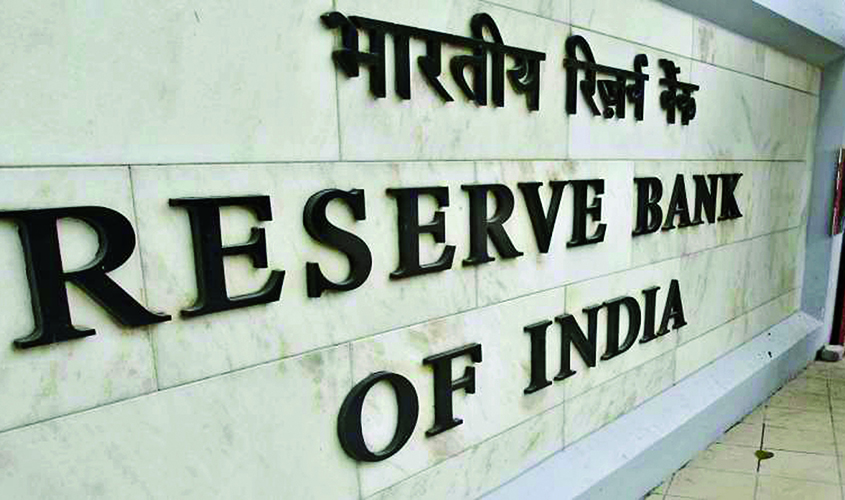The rate cut decision by the Urjit Patel headed new Monetary Policy Committee (MPC) is being hailed as a forward looking statement by a good section of market participants and economists. That the decision to cut interest rates by quarter percentage points was unanimous (6-0) indicates that the governor himself seemed optimistic on lower inflationary scenario in the near future, though some upward risk to inflation was also acknowledged by the MPC. Despite such acknowledgement, the collective decision for a rate cut reflects MPC’s confidence in measures undertaken by the government to solve supply-side constraints. “All six members agreeing on a rate cut is based on their assumption that the good monsoon, especially the good sowing of pulses, would be able to eschew food inflation,” says Murthy Nagarajan, analyst with Quantum AMC. Lower food inflation would help to contain the overall retail (CPI) inflation at 5% by March 2017.
But the decision of the MPC to go in for a rate cut appears “frontloading” to many analysts. “The ideal time to take a call on interest rates would have been in December because by then, the actual (positive) impact of the good monsoon on food inflation would play out clearly,” feels Sunil Sinha, Principal Economist with India Ratings & Research. Although cereals and seasonal vegetables generally arrive in the market by November, vagaries of weather observed in the past couple of years can upset any calculations, goes the argument. The government seems prepared to address such eventualities. It has been taking pro-active steps (creating stock of cereals for any eventuality, dealing with hoarders, moderate hike in minimum support prices, incentivising logistical support) that help to reduce food prices.
Another significant policy departure of the MPC is its decision to reduce real interest rates, the interest that a saver gets on his savings after deducting the inflation. Savers would now be getting 1.25% of real interest, down from up to 2% during Raghuram Rajan’s reign. “The RBI now feels that the real interest of 1.25% in India is good enough when it is already negative in many advanced economies,” says Sinha, though the move would distort the saving patterns in the country. So is the MPC pushing savers towards stock markets, or towards buying a home, or other facets of consumption?
“The focus now is shifting towards growth,” says Nagarajan. And, therefore, the real interest rates need to be dynamic enough to achieve that objective. If the economy is doing well, then real rates can be enhanced, but currently the MPC (and the government) seems to be trying to fix a balance between what the consumer wants and what the producer wants.

